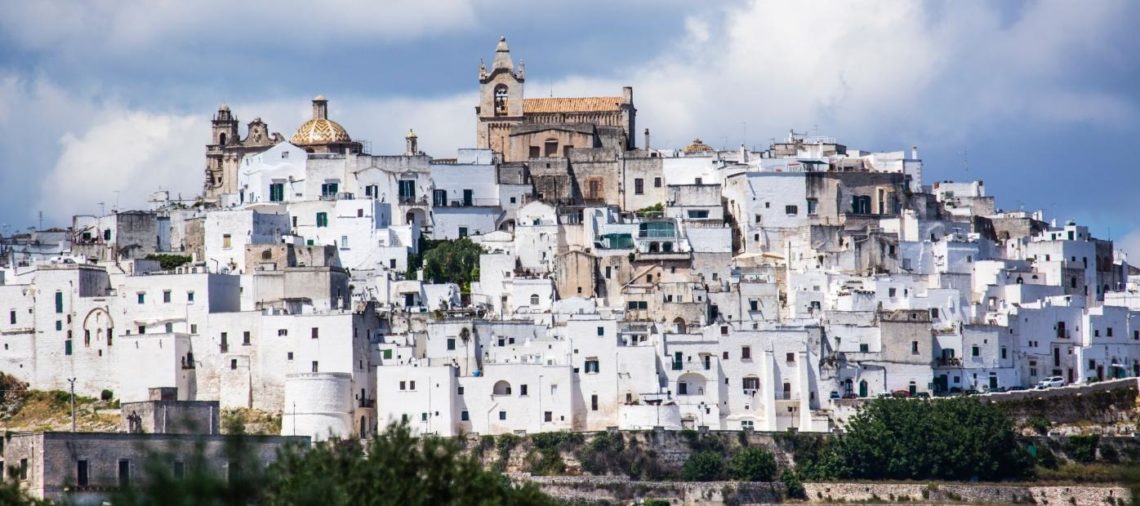A holiday in Puglia is a great idea. Italy is one of the most beautiful countries in the world, and its regions should be properly explored, whether they are called Tuscany, Lombardy, Piedmont or… Puglia. For those who don’t know, Puglia (or Apulia, as the Brits call it) occupies the heel of the “Boot”, the south-eastern part of the country, stretching to the Adriatic Sea, where it entices visitors with many spectacular places: medieval towns (some of them quite bizarre, others elegant and distinguished, like Ostuni), interesting beaches, old mansions, and simple but tasty gastronomy, like everywhere else in Italy.
Ostuni, the white town
I spent a week’s holiday in Puglia and, without claiming to have seen everything there is to see, I touched on some of the highlights of this region, spread in a few episodes on this website. I’ll suggest a few routes and try to provide as much information as possible about the places I visit, with the caveat that you must rent a car to get around easily.
The roads are excellent, there are motorways (or rather “nazionale” as the Italians call them – so you won’t pay for them) and driving in Puglia is not difficult at all. Although I went in July, I didn’t feel the area was crowded except, of course, around the bigger cities like Bari or Lecce.
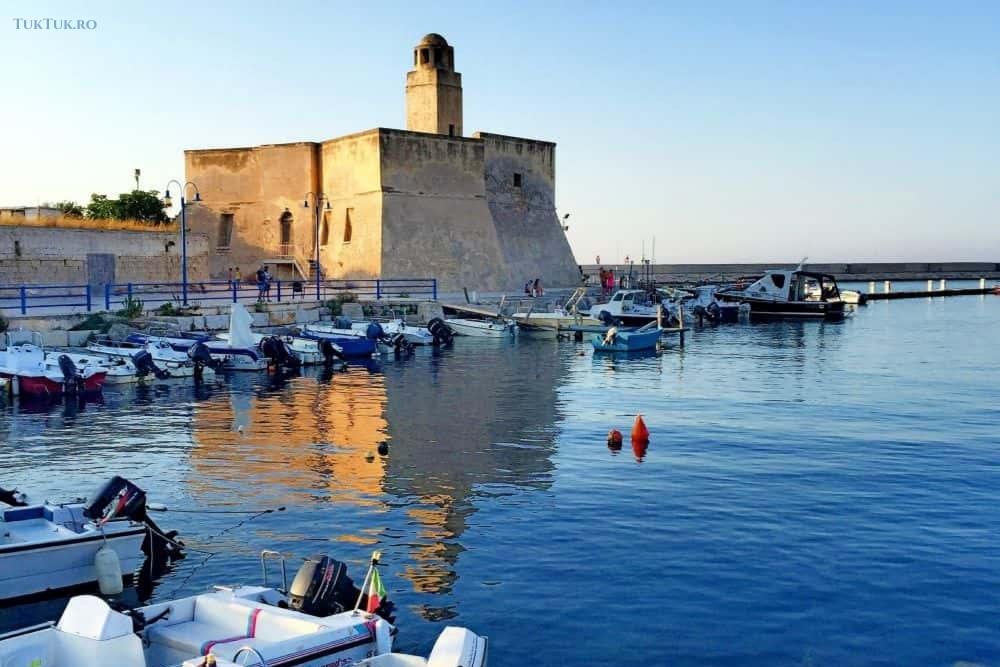
The best way to get to Puglia is to fly into Bari on a low-cost airline (Wizz Air or Blue Air, from Romania, but depending on the country you live in) and, at the airport, rent a car from one of the rent-a-car companies. I made my headquarter in Ostuni (which is about 80 km south of Bari), more precisely in the coastal area of this town, in Villanova (8 km away).
This is a quiet resort on the Adriatic Sea, with nothing flashy, a few restaurants in the small harbor (one of them, La Vela, is fishy and worth trying), and a castle, built by the Duchess of Bona Sforza in the 16th century, with a tower in the middle that used to serve as a lighthouse. Incidentally, Vilanova is a typical fishing village, founded in 1277 by Charles I of Anjou, whose original name was Petrolla. I didn’t have much time to spend in Villanova (the desire to haunt was greater), but I accommodated here. For those who also want the beach, a decent hotel with reasonable prices, Vilanova is a good choice.
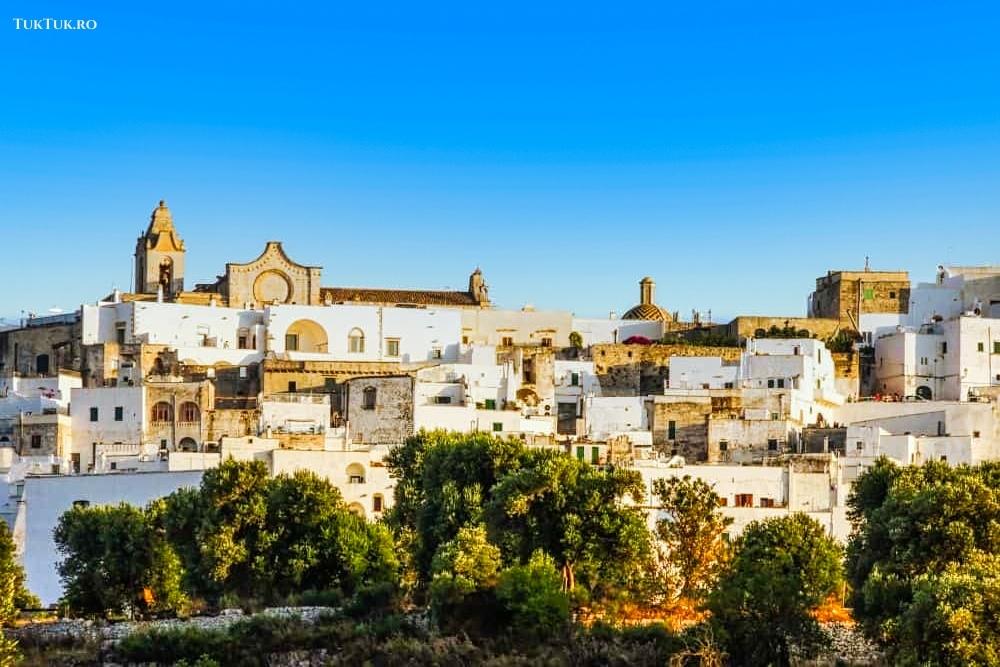
Ostuni, however, is the main attraction of the area. The “White Town”, perched on a hill, a cavalcade of white buildings forming a charming medieval whole. The town’s origins are very old, apparently founded by the Messapian tribes, then destroyed by Hannibal during the Punic Wars and rebuilt by the Greeks under its present name, which derives from Astu Neon – ‘new city’. The town’s history was then written by the Normans, who also built the medieval town on the 200m-high hill with a castle (of which little remains today) and thick defensive walls with four gates.
If you go to Ostuni by car, you’ll leave it in one of the car parks near the old town or – if you’re lucky and find a place – on one of the small streets leading to it (be careful, pay for parking at the meters on the street, so you don’t get fined!). You can go straight into the center, or you can go around a bit, walking along the fortification walls, admiring the view over the Itria valley. As an interesting fact, I read that Ostuni is the fifth largest town in Italy regarding the number of British residents and that since 2010 more and more foreigners have been settling in the area.
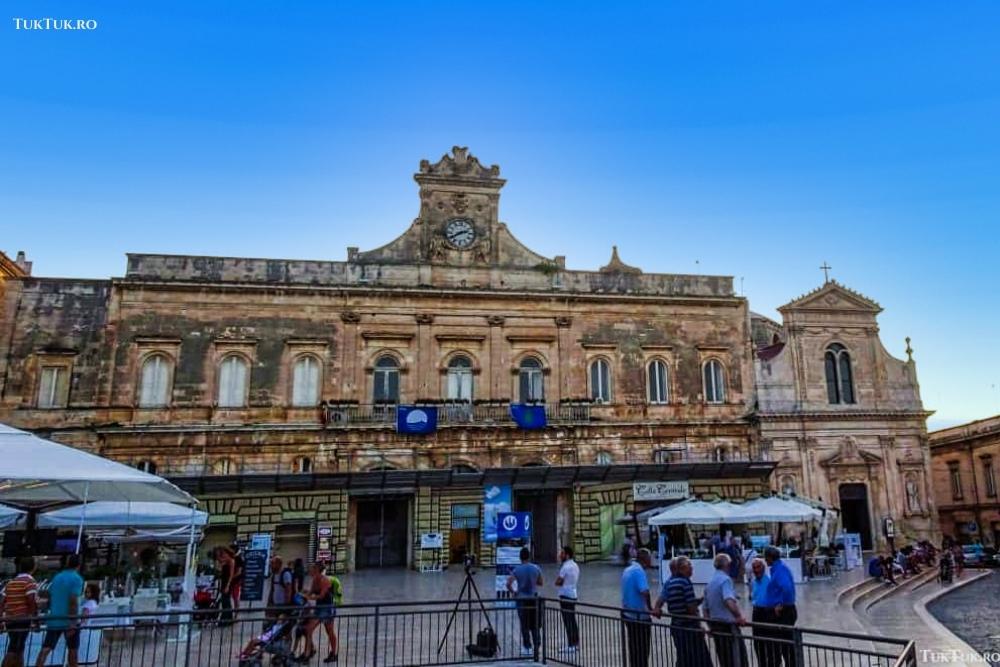
There aren’t many places to visit in Ostuni, but the town does have some tremendous architectural (and historical) features. First of all, the Cathedral, built between 1435 and 1495, in late Gothic style, with a magnificent facade “embellished” by a circular window.
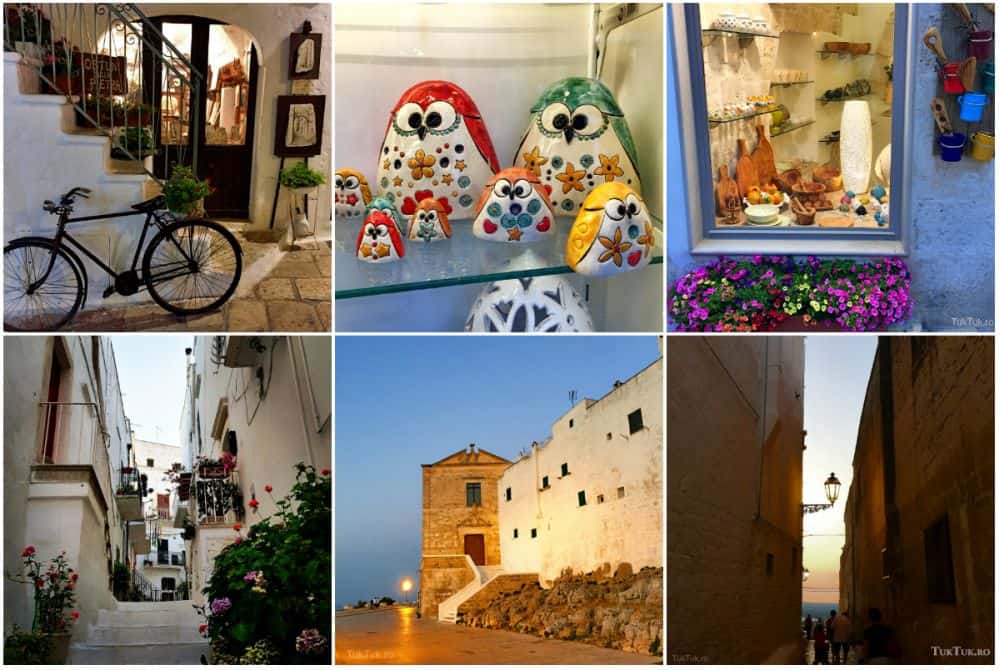
You’ll stumble across the Cathedral walking along the main pedestrian street of the Old Town, where you’ll wander through the various souvenir shops. Or, perhaps, decide to stop at one of the fancy restaurants for a portion of bruschetta or orecchiette – Puglia’s traditional pasta (shaped like little ears), expertly cooked in a variety of ways.
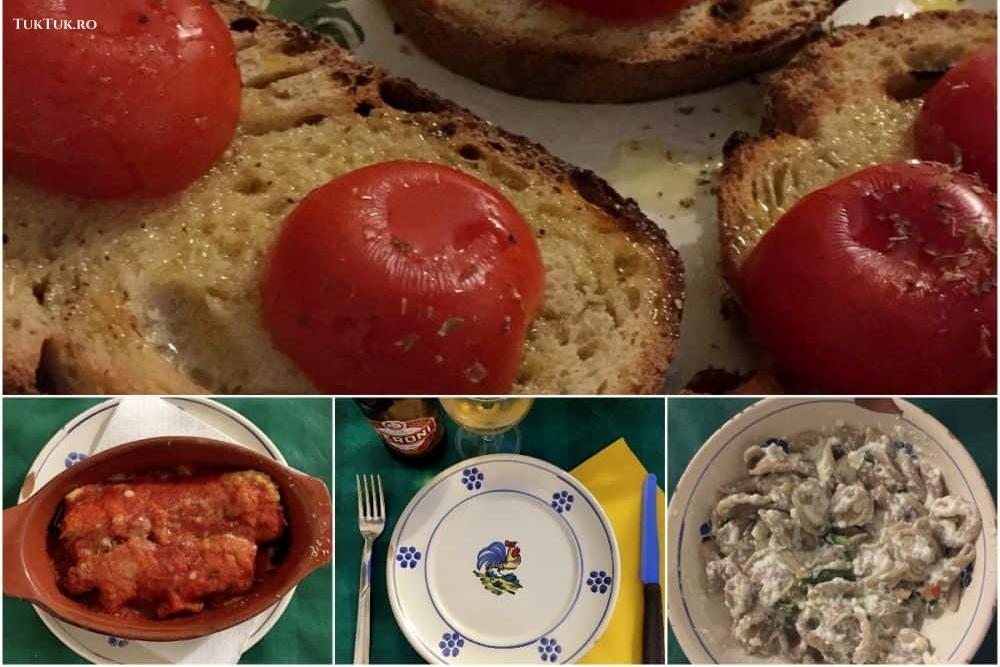
Nearby you will also admire the Palazzo Municipale, the municipal palace built in 1304, which was originally a Franciscan monastery and which, in 1739, underwent an architectural reorganization. After 1864 (1887 to be precise), it was transformed into the town hall and ‘received’ a neoclassical façade.
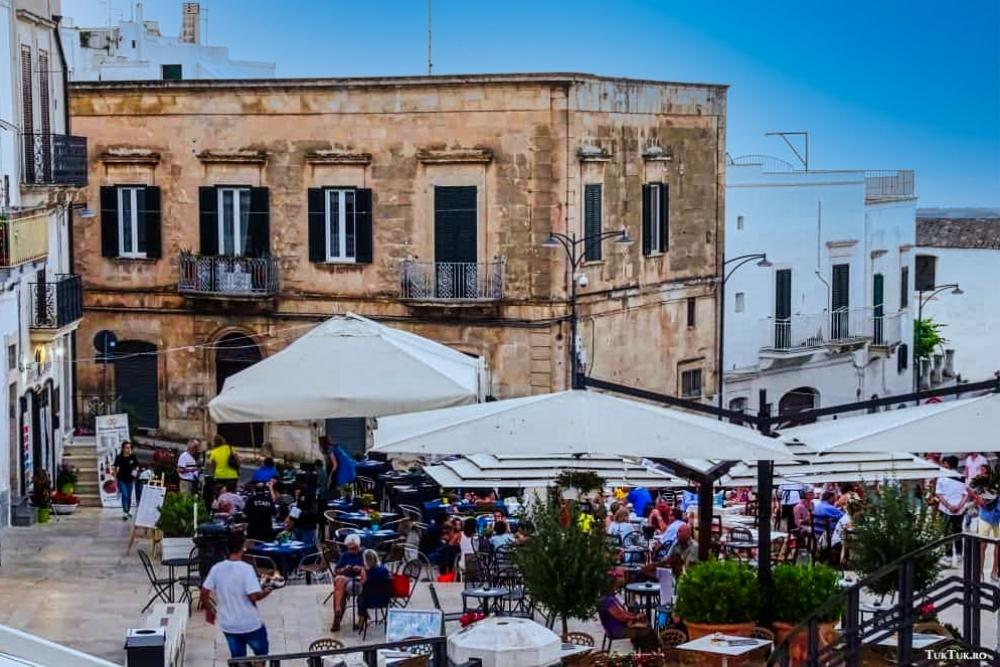
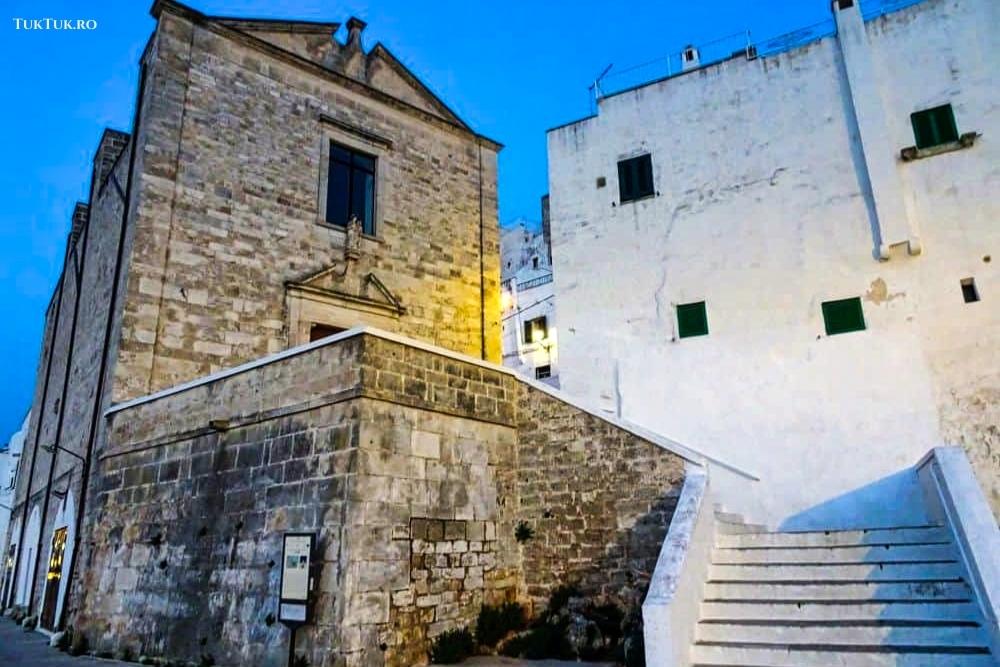

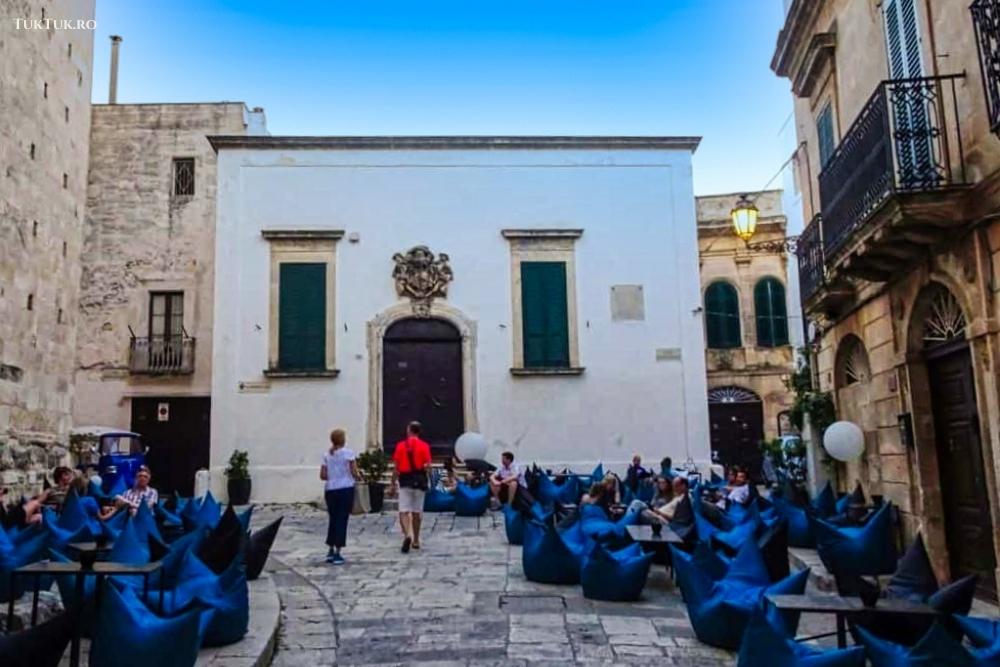
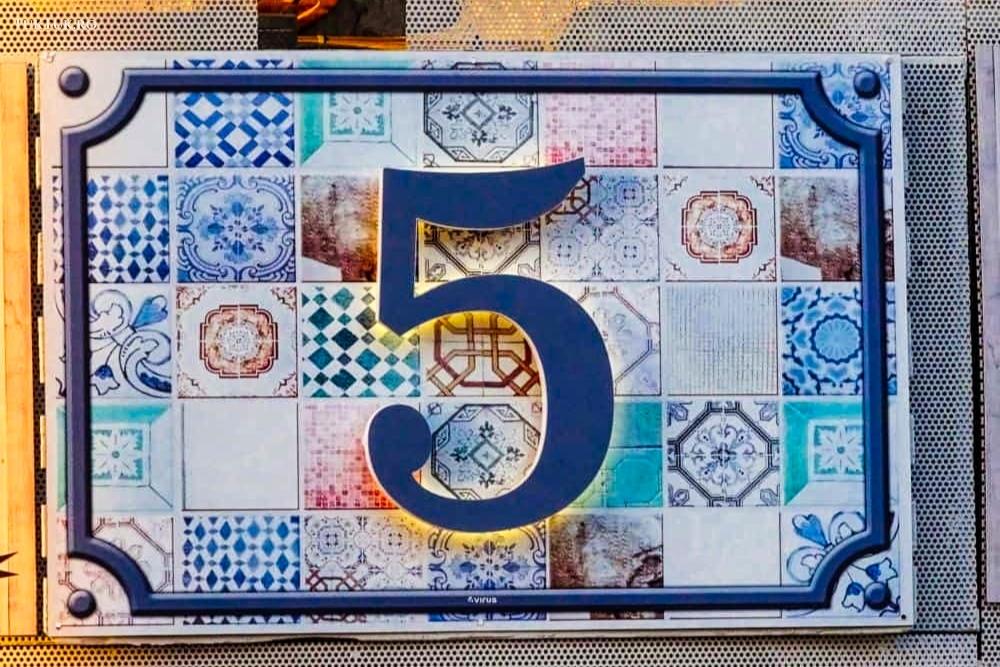
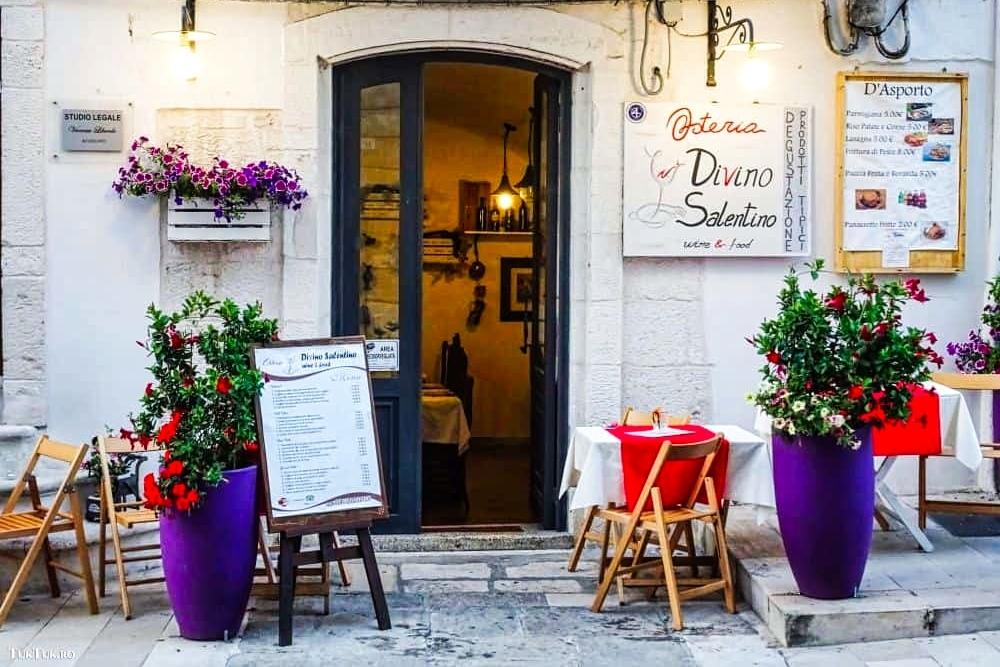
Lose yourself in the streets of Ostuni, among the white houses, and look for the savory details of the hill-perched town. For lunch or dinner, the best restaurant on TripAdvisor at the time I went was La Gilda. But one of the most popular I noted was La Taverna della Gelosia, romantic and pretty expensive but also Trattoria Sapere E Sapori, where I went in on two occasions, and everything was perfect, from the service to the food.
Ostuni beaches
I can’t end this chapter without talking a bit about the beaches in the Ostuni area. These are not very spectacular, or at least I didn’t discover those (this objective is not paramount). Here the shoreline is primarily made up of a series of small caverns, in the water of which bathing is a pleasure. But the beaches themselves are relatively small, and the more generous ones are crowded.
Marina di Ostuni, as the coastal portion of the area is called, has a few beaches you can explore if you’re a big sand lover (be cautious and buy a beach umbrella, so you don’t have to pay to rent one). I went to Rosa Marina (which has plenty of facilities, including a small restaurant where you can eat lunch), where parking your car will cost you 4.5 euros. Still, you could also try Lido Morelli, Quarto di Monte, Torre Pozzella, or Torre Guaceto (the latter is a little further away, 20km from Ostuni).
You may also like: Exploring Asti, the Italian city of 1000 towers

